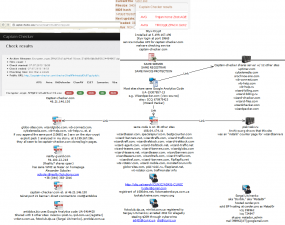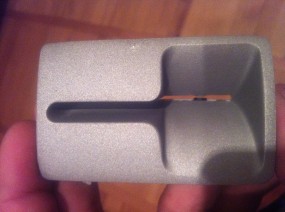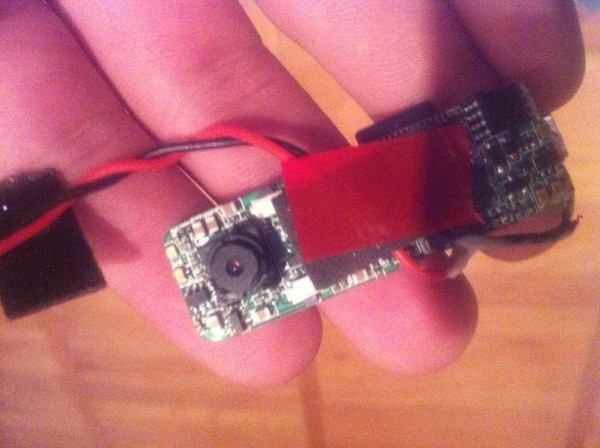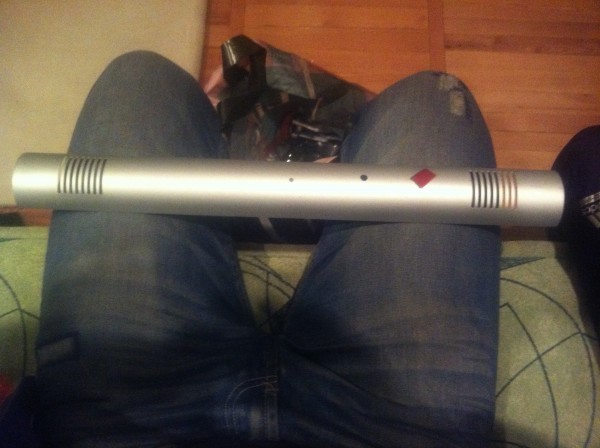Gas pump skimmers are getting craftier. A new scam out of Oklahoma that netted thieves $400,000 before they were caught is a reminder of why it’s usually best to pay with credit versus debit cards when filling up the tank.
The U.S. Attorney’s office in Muskogee, Okla. says two men indicted this month for skimming would rent a vehicle, check into a local hotel and place skimming devices on gas pumps at Murphy’s filling stations located in the parking lots of Wal-Mart retail stores. The fraud devices included a card skimmer and a fake PIN pad overlay designed to capture PINs from customers who paid at the pump with a debit card.
According to their indictment (PDF), defedants Kevin Konstantinov and Elvin Alisuretove would leave the skimming devices in place for between one and two months. Then they’d collect the skimmers and use the stolen data to create counterfeit cards, visiting multiple ATMs throughout the region and withdrawing large amounts of cash. Investigators say some of the card data stolen in the scheme showed up in fraudulent transactions in Eastern Europe and Russia.
As the Oklahoma case shows, gas pump skimmers have moved from analog, clunky things to the level of workmanship and attention to detail that is normally only seen in ATM skimmers. Investigators in Oklahoma told a local news station that the skimmer technology used in this case was way more sophisticated than anything they’ve seen previously.











![Anonymous antivirus scanning service -- captain-checker[dot]com -- bundled with the Styx exploit pack.](https://krebsonsecurity.com/wp-content/uploads/2013/07/c-checker-285x93.png)







